Homeostasis and an Introduction to Body Systems
1/15
Earn XP
Description and Tags
Topic 2 Lesson 3 NurseHub
Name | Mastery | Learn | Test | Matching | Spaced |
|---|
No study sessions yet.
16 Terms
Homeostasis
The ability of a system to maintain a steady state
Positive Feedback
System in which the stimulus and response are the same
Negative Feedback
System in which the stimulus and response are opposite
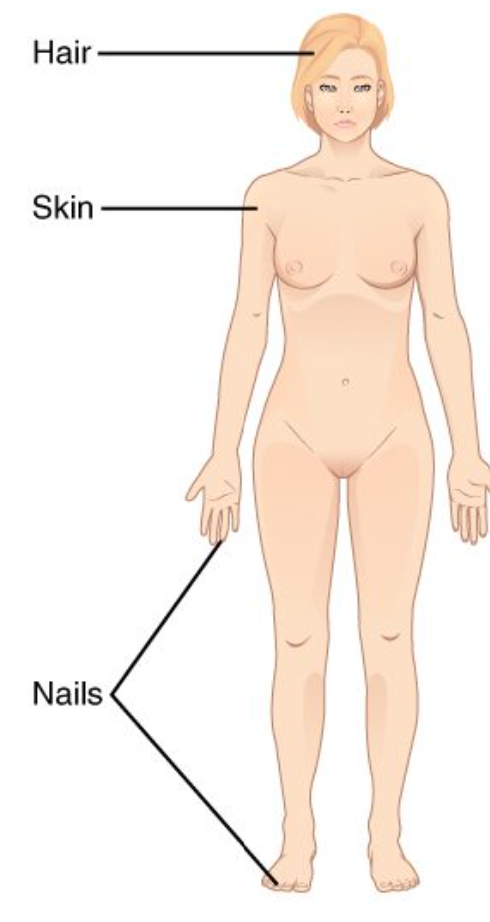
Integumentary System
Its function is the protection of the body, secretion of waste products, production of vitamin D, and regulation of body temperature. This system also supports sensory receptors that send information to the nervous system.
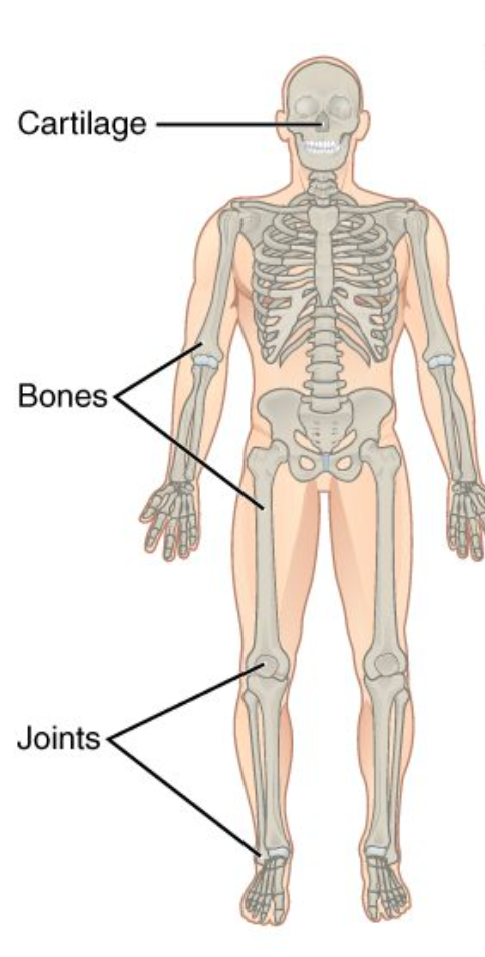
Skeletal System
Provides protection and support and produces red blood cells. It also stores chemical salts.

Muscular System
This system moves, helps to maintain posture, and produces heat.
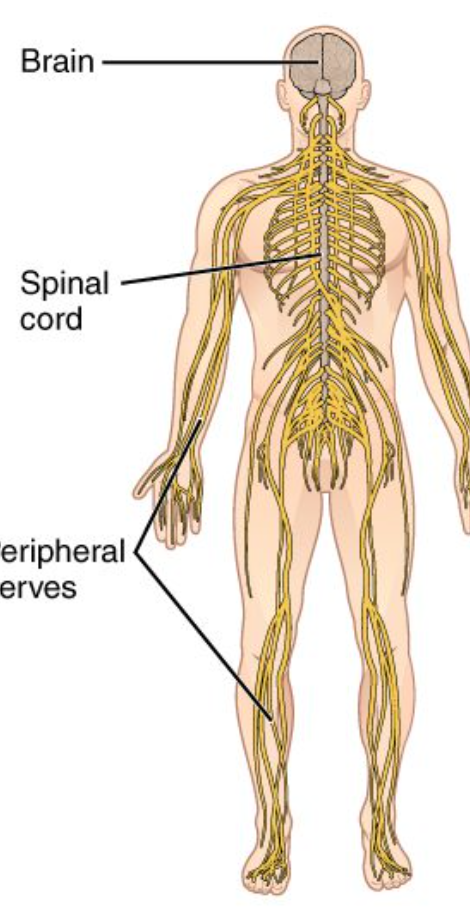
Nervous System
This system receives sensory information detects changes and in response, stimulates muscles and glands.
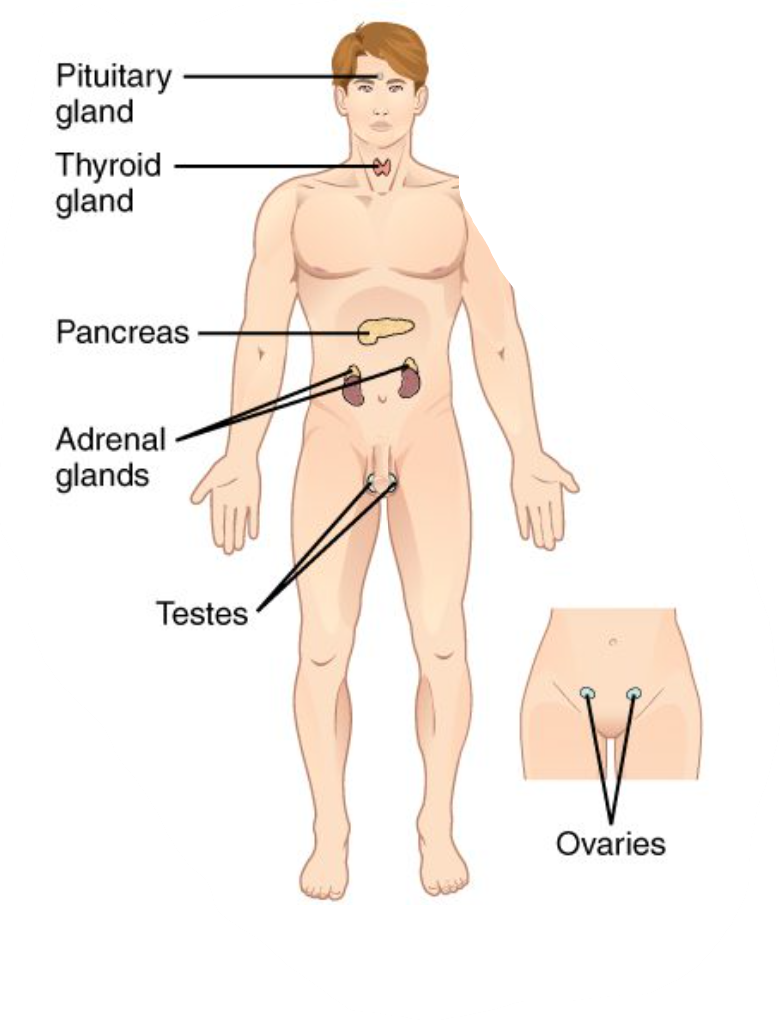
Endocrine System
This system contains many feedback systems to help maintain homeostasis.
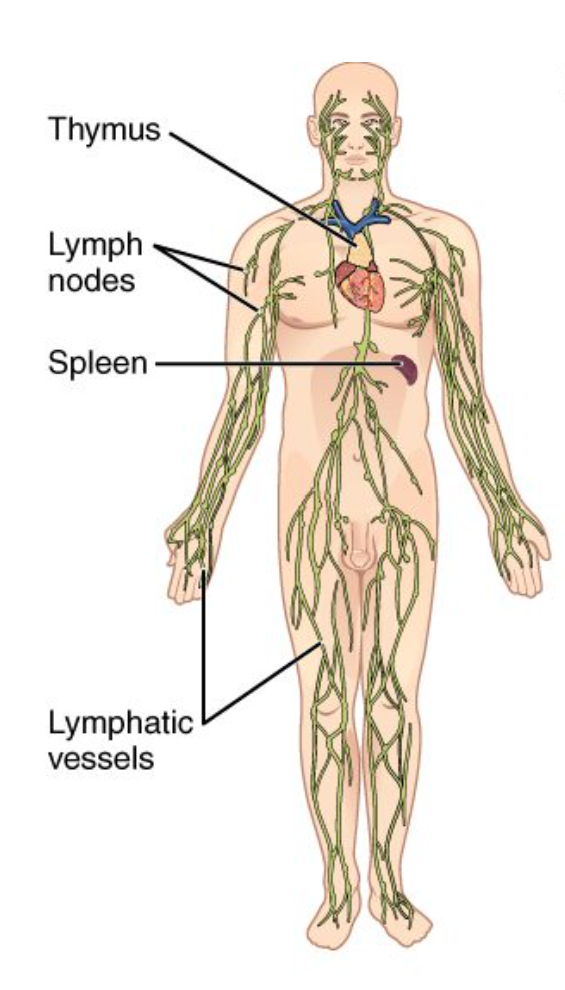
Lymphatic System
The function of this system is to return blood to tissues as well as transport some absorbed food molecules and defend against infection.
Immune System
This system consists of cells and antibodies that help the body fight pathogens.
Blood (Fluid) System
These structures work to transport oxygen and carbon dioxide along with water, electrolytes, hormones, carbohydrates, fats and proteins, and wastes.
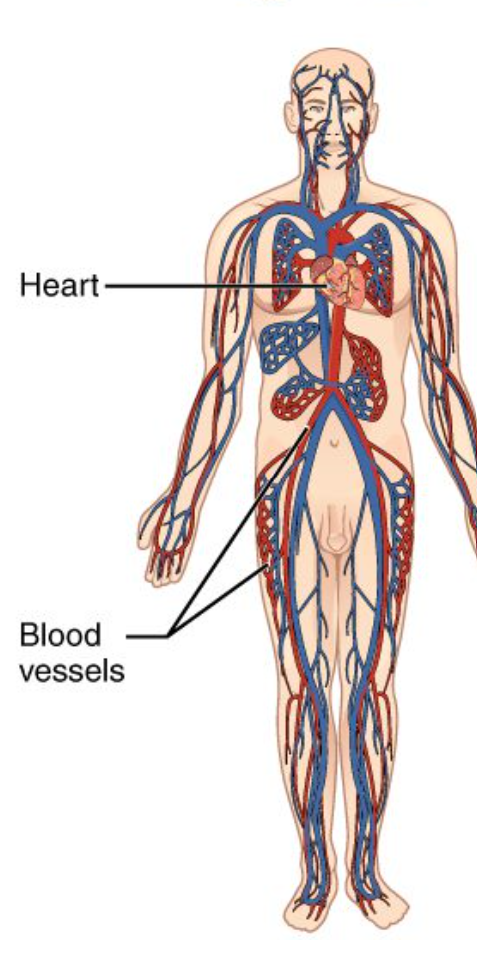
Cardiovascular System
The function of this system is to transport blood.
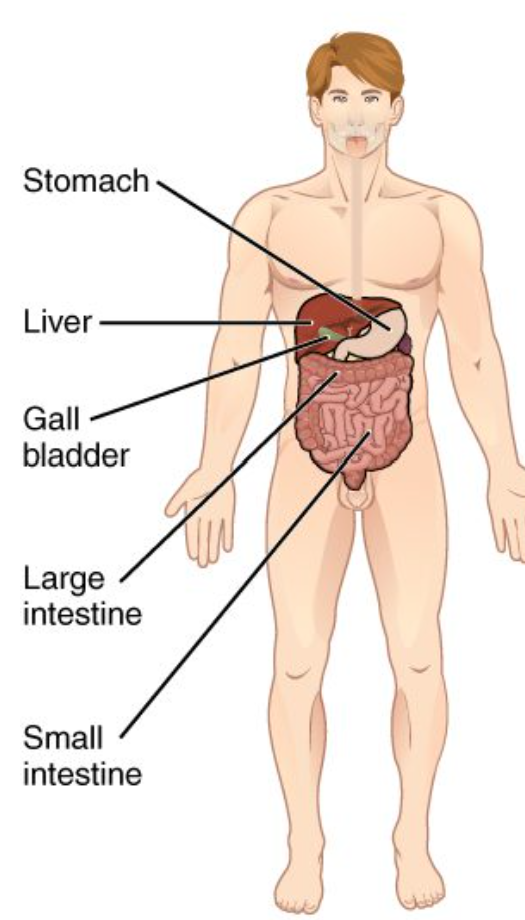
Digestive System
The function of this system is to receive, break down, and absorb food. It also eliminates wastes.
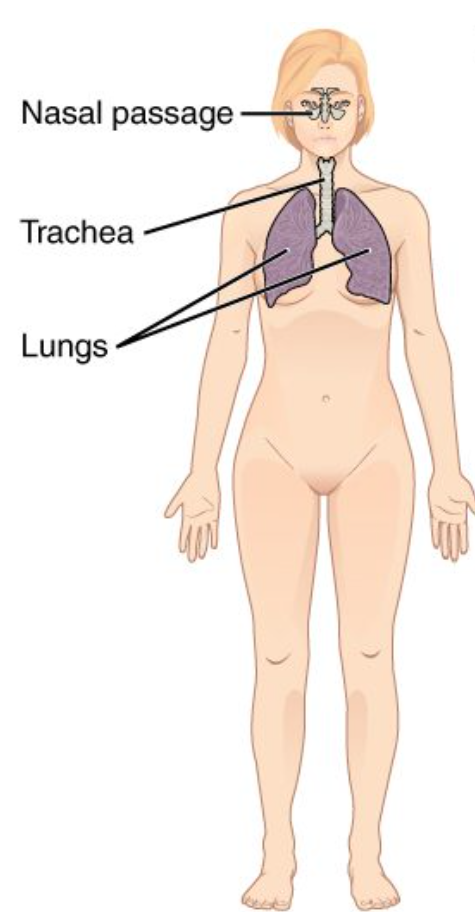
Respiratory System
This system supplies the body with oxygen and eliminates carbon dioxide.
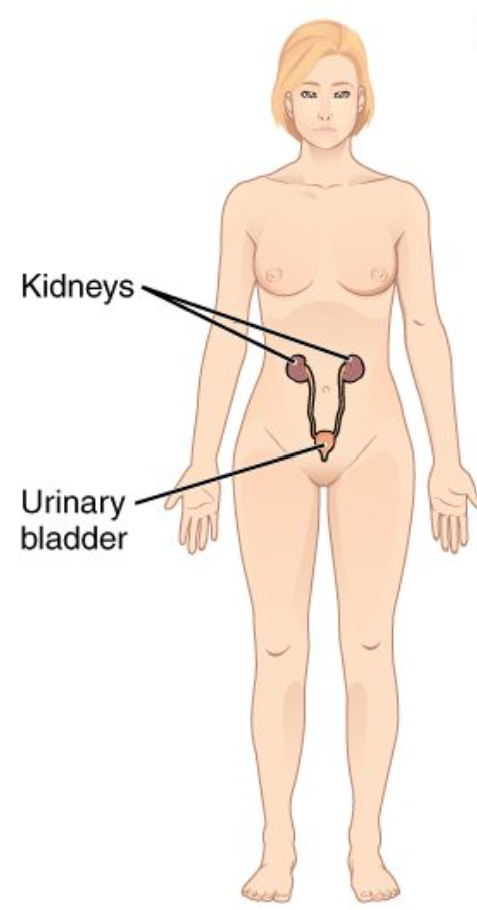
Urinary System
The function of this system is to remove wastes, maintain water and electrolyte balance, and store and transport urine.
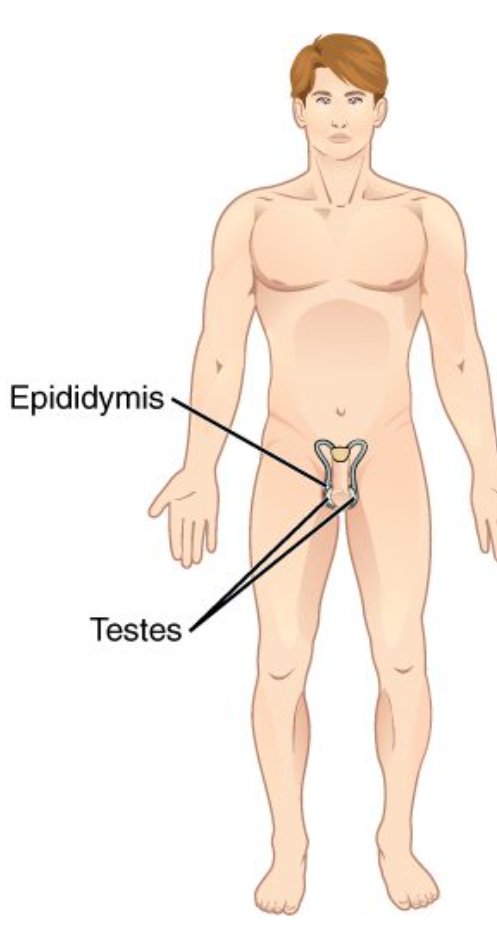
Reproductive System
This system passes genetic information down to future generations as well as produces hormones that help the body to mature.